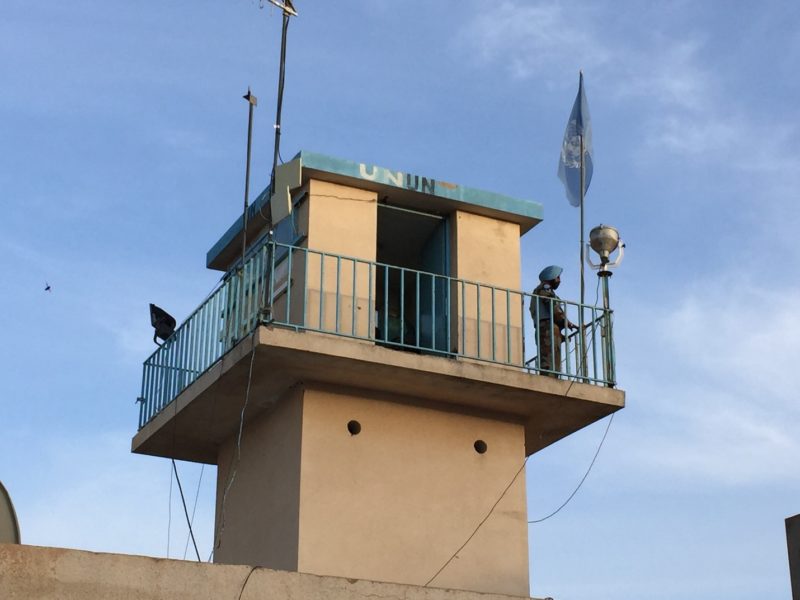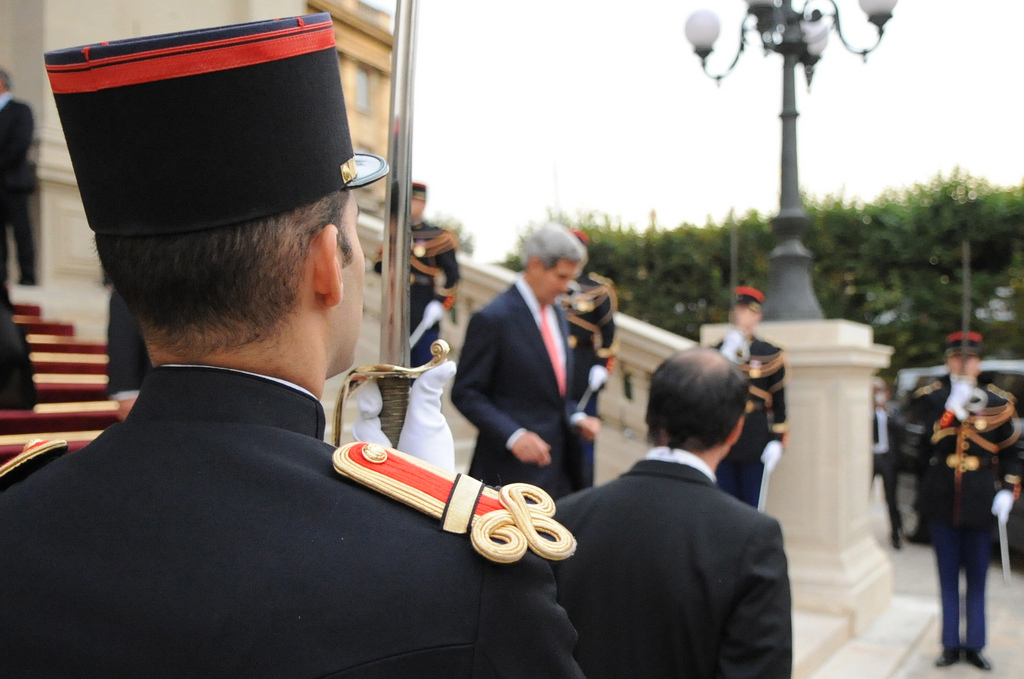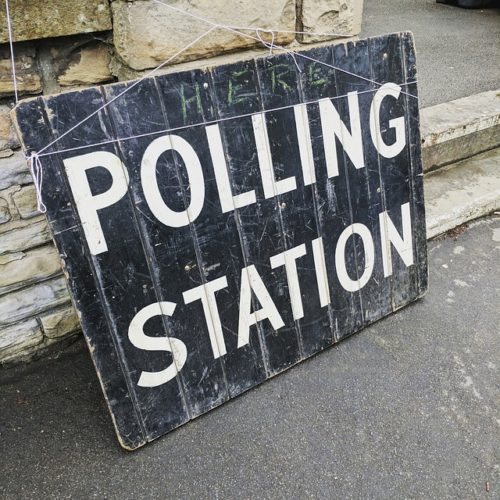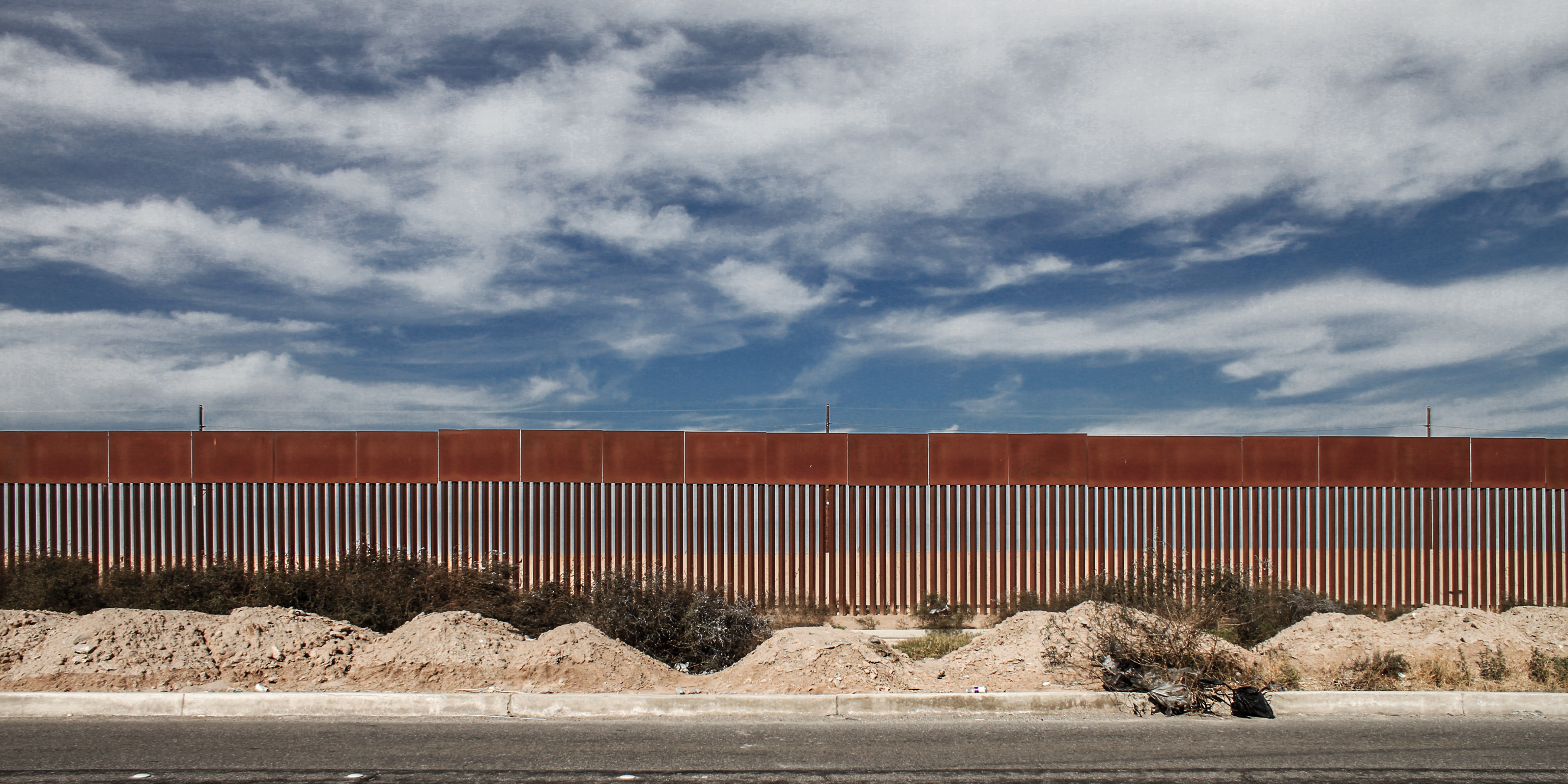Guest post by Gregoire Phillips
We live in a strange time. Through a combination of online, radio, and newsprint announcements, several prominent jihadist groups, including the Islamic State, the Taliban, and several al-Qaeda affiliates, have presented official responses to the COVID-19 pandemic. In Afghanistan, the Taliban stepped in before the government to offer public health guidelines and local support in areas under their control, and even in government-controlled territory through limited cooperation with government forces. In Brazil, some gang leaders operating in favelas largely outside the government’s policing power announced curfews and social distancing guidelines on the same week that the country’s president downplayed the crisis and refused to enact a public health response.
This is puzzling. Non-state armed groups often lack the resources and credibility to mount an effective public health response. ISIS doesn’t have a Centers for Disease Control. Brazilian gangs aren’t known for their deep reserves of healthcare experts.
Why are some jihadist and criminal leaders responding more swiftly, and taking COVID-19 more seriously, than dozens of government leaders?
Groups involved in violent criminal activity, who operate outside the law, have a strong interest in responding loudly, swiftly, and publicly, to crises like COVID-19 for at least two reasons: signaling and survival.
Crises like the current pandemic offer these groups the opportunity to signal, or persuasively communicate, their presence and vision. Like almost all non-state actors, jihadists and gang leaders invest in a wide array of signals aimed at convincing people to either give them money, join their cause, or get out of their way.
For jihadists, stringent public health protections ingrained in Islamic jurisprudence on sanitation give groups a chance to flex their ideological muscles and spotlight their ability to manage a crisis. In a region where leaders have been slow to respond to the impending wave of sick people, this gives many groups a leg up on their state competition, even if they can’t actually deliver essential services. For gang leaders, a vacuum of policing authority provides an opportunity to make and enforce policy. Signals like videos and newsletters distributed online or around neighborhoods are cheap to produce, and allow these groups to wield power and influence by being clear and proactive, while governments dither.
Pandemics may be an opportunity, but they also pose an existential threat to the survival of non-state groups that act outside the protection of the state.
Extremists, rebels, and gang leaders alike rely heavily on trained networks of armed individuals to function. And they often take direction from a relatively thin pipeline of aging political, social or religious authorities, which makes groups vulnerable to leadership decapitation (think: assassinations and drone strikes). Incapacitating illnesses threaten their leadership, as well as the integrity of their rank and file, especially since these groups typically lack reliable access to the three basic resources needed to effectively combat a health crisis: doctors, medicine, and medical equipment. History is rife with examples of well-trained and consistently funded armies succumbing to disease. Broadcasting their response to a crisis informs their followers (and financiers) that they are taking this threat seriously.
What does all of this tell us about how COVID-19 will affect non-state organizations like jihadist groups and gangs? It tells us three very important things. First, many of these leaders recognize the threat the pandemic poses to them. They see it, they understand the danger, and they want people to know they are taking it seriously. Second, these groups are willing and able to use the crisis as a platform to appeal to hearts and minds. They can and will weaponize their media outreach on the battlefield of public support, a phenomenon I explore in my own work. Third, in the case of the Taliban and Brazilian gang leaders, they can also walk the walk—and do so more consistently and effectively than their government competition. These groups may not have access to the same resources as their state competitors, but they don’t need them if states themselves are incapable of or unwilling to mobilize those resources consistently and effectively.
The bottom line: the COVID-19 pandemic may pose an existential threat to many armed non-state groups, but it also presents an opportunity for them to gain ground. We’ve only begun to understand the depth of the crisis we now face, and it is too early to know how these groups will emerge in the end. But one thing is abundantly clear: Brazilian gangs, al Qaeda affiliates, ISIS and the Taliban—these groups aren’t just putting up a good fight. They are mobilizing the media and on-the-ground resources necessary to potentially emerge from the crisis stronger than they entered it.
Gregoire Phillips is a PhD candidate at the University of California, San Diego and a 2019/2020 Herb York Dissertation Fellow with the UC Institute on Global Conflict and Cooperation.







